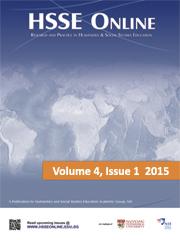Improving Geographical Thinking in the Classroom with the Curriculum Making Model
Zainab Banu Hassan (River Valley High School, Singapore) Keywords Geography Junior College Secondary School Curriculum Making Artefact Thinking Geographically Introduction This paper examines and evaluates a

